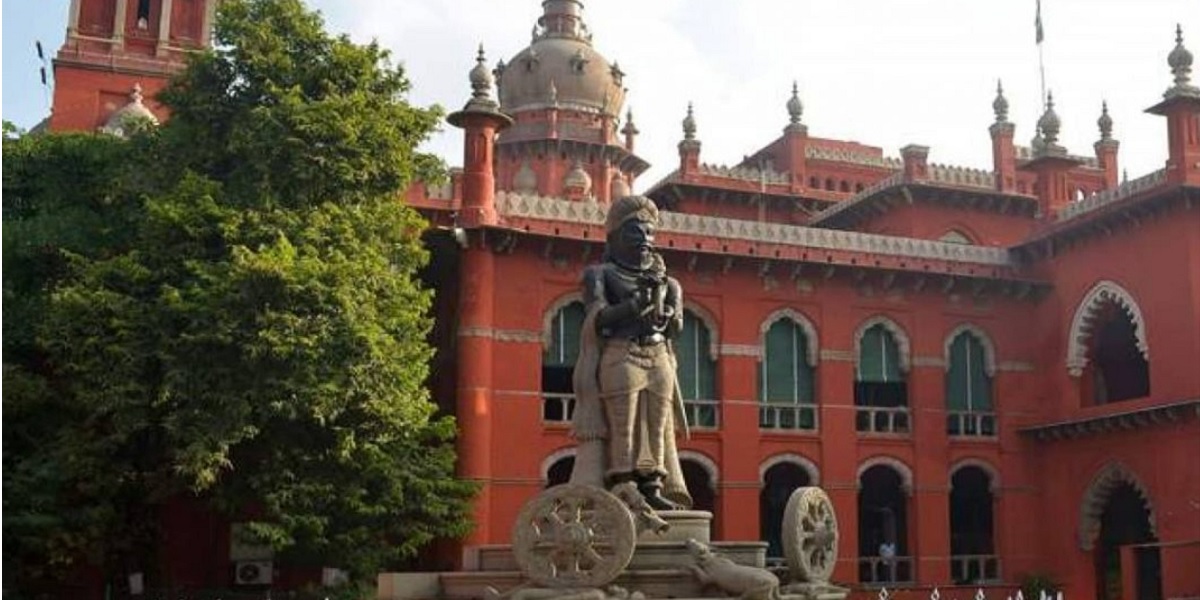The ED issued summonses to collectors of five districts in Tamil Nadu on illegal sand mining. They challenged the ED move in court.

The Madras High Court
On a petition filed by the Tamil Nadu government objecting to the summons issued by the Enforcement Directorate (ED) to district collectors in the illegal sand mining case, the Madras High Court said that it would pronounce its order on Tuesday.
The district collectors of Tiruchy, Vellore, Ariyalur, Karur, and Thanjavur were issued summonses by the ED to appear before it with the details of sand mining allowed in their districts.
They were also asked to furnish details of cases filed against illegal sand mining in their respective districts.
Challenging the summonses, the five district collectors approached the high court, asking it to declare that the ED has no power to investigate such offences without the consent of the state government.
Appearing for the state, senior counsel Dushyant Dave argued that the power of summons was only with respect to scheduled offences under the Prevention of Money Laundering Act (PMLA).
He also argued that the civil servants, who were in no way connected with the offence, could not be summoned by the ED but only requested to appear.
The senior counsel submitted that the Mines and Minerals (Development and Regulation) Act — also known as the MMDR Act — was a code in itself, and the Central authority did not have any investigative powers under the Act.
He further argued that the offences under the MMDR Act were not scheduled offences under the PMLA, adding that the ED did not have any powers to summon an officer without any scheduled offence.
He went on to point out that there were huge cases of illegal sand mining pending in states like Uttar Pradesh and Gujarat.
The senior advocate then contended that the ED had not taken action in these states and was trying to target non-BJP-ruled states, which was against federalism.
Objecting to the contentions of senior advocate Dave, Additional Solicitor General (ASG) ARL Sundaresan, who appeared for the ED, submitted that the director general of police (DGP) — to whom the Central agency had written — had not responded to the communication seeking the details of all FIRs registered in connection with illegal sand mining in the last five years in the state.
Following this, the judges asked the ED how come it summoned the district collectors without the existence of a predicate offence and identification of the proceeds of the crime.
The ASG then submitted that the ED had engaged a team comprising professors from the Indian Institute of Technology (IIT)-Kanpur to estimate the volume of sand excavated from 28 mining sites in Tamil Nadu.
He added that the expert team conducted a technical survey/study using technologies such as drone and LIDAR surveys, as well as bathymetric surveys, in October and November.
He said the ED simultaneously collected satellite imagery from the database of the National Remote Sensing Centre — a unit of ISRO — to be used by the expert team in temporal analysis, and other aspects of the growth of illegal sand mining outside the permitted limits in the past one to two years.
“As per the report of the expert team, recently received, as against the permitted mining area in such 28 sites of 195.37 hectares, the actual mining impacted area is 987.01 hectares,” submitted the ASG in court.
“Further, the report reveals that as against the volume recorded in the books of WRD of 4.05 lakh units of sand, the actual volume of sand mined is 27.70 lakh units, resulting in excess volume of sand illegally mined of around 24 lakh units,” he added.
The ASG also submitted that after the survey, it was computed that the total sale value of such illegal excess sand mined in the past one to two years came to ₹4,730 crore, as against recorded revenue of a mere ₹36.45 crore.
Recording the submissions, the judges said that they would decide the matter on Tuesday, 28 November.

May 01, 2024

May 01, 2024

May 01, 2024

May 01, 2024

May 01, 2024

Apr 30, 2024